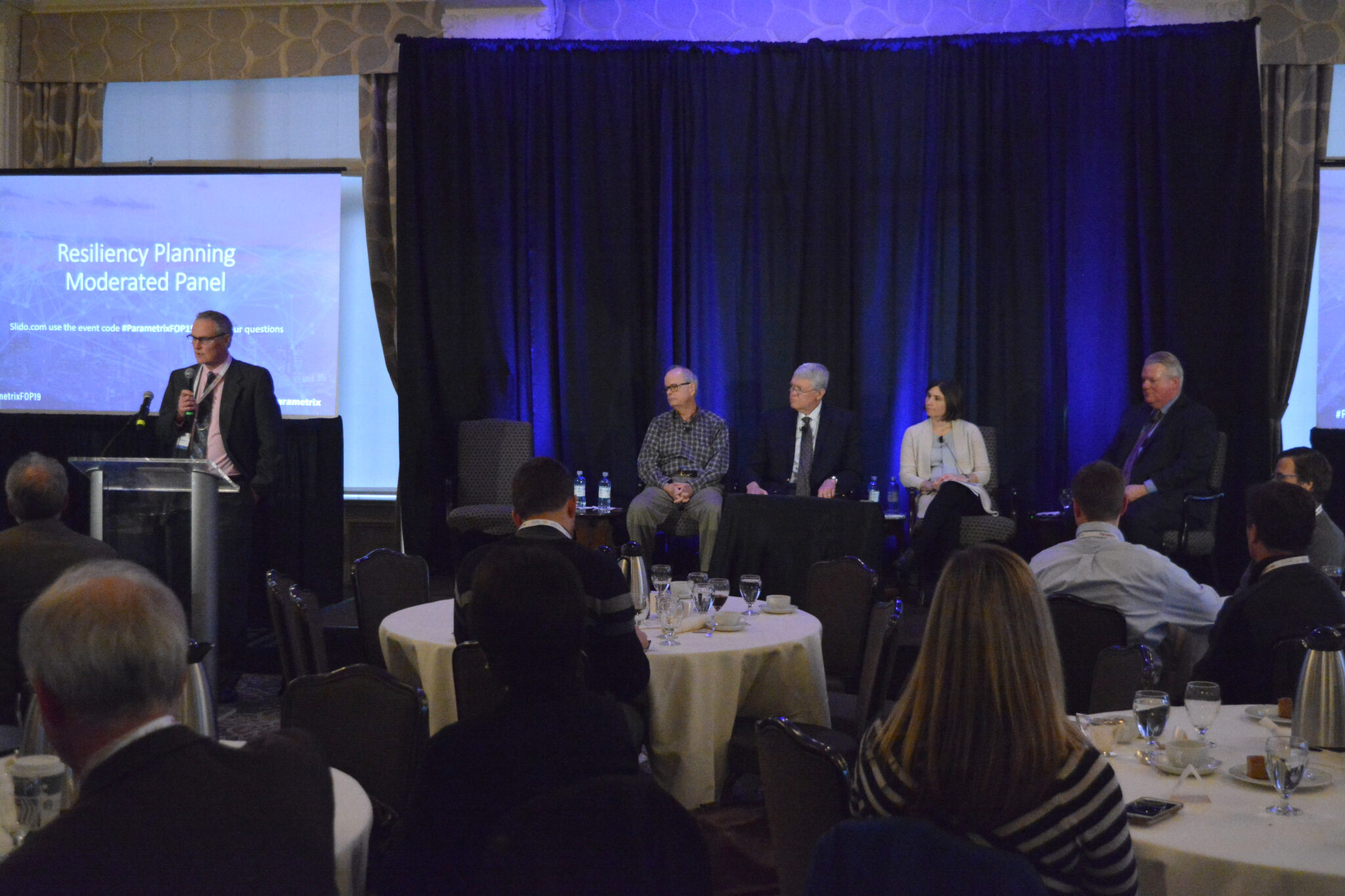
By John Phillips, ENV SP
When catastrophes like storms, earthquakes, fires, or terrorist attacks occur, the first response is automatic: addressing casualties. The second response, which is nearly as urgent, should be ensuring that critical infrastructure is still in place, starting with power and water.
When power and water systems malfunction, the immediate effects of a disaster multiply in a myriad of ways. Power and water failure can impact critical medical care, slow down food distribution, and create conditions for crime.
Unfortunately, many communities in the world have infrastructure that is anything but resilient. Mature regions often have aging, under-maintained systems, and systems that are over capacity. Developing economies may have the opposite problem. They struggle to put infrastructure in place and then scale it to support rapid population growth.
So, what does it mean to have resilient infrastructure?
Resiliency is a process for managing complex infrastructure. Resiliency is not a single outcome. It is a cradle-to-grave process for engineering, building, and operating a fault-tolerant, safe, secure, smart, efficient, and sustainable infrastructure system.
Resiliency is a risk-based lifecycle process for addressing the vulnerabilities of infrastructure and making the system work smarter so that it can adapt to unexpected challenges. Resiliency is not just about a post-disaster capability for rapid recovery. Nor is resiliency only about protecting assets. Resiliency is derived from the fundamental principles of risk mitigation.
At the Future of the Profession event, hosted by Parametrix in Seattle on November 19, 2019, we invited leaders from across the industry to discuss what resiliency means for the future of cities. Panelists included Chuck Clark of Cascade Water Alliance, Crystal Raymond of the University of Washington Climate Impacts Group, and Burton Suedel of the US Army Corps of Engineers, Engineering with Nature.
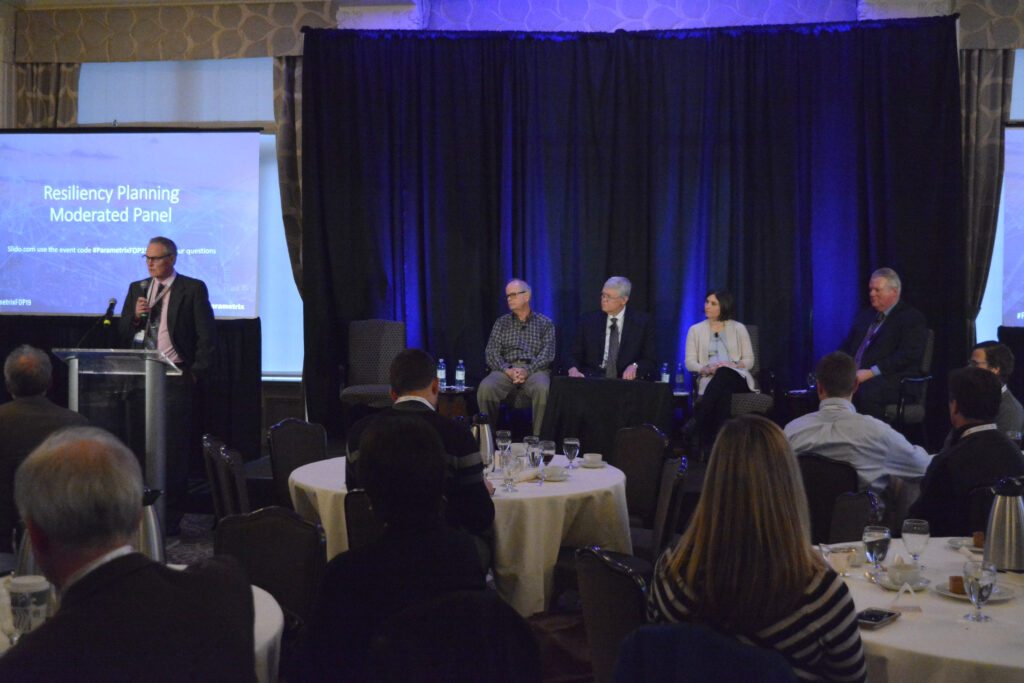
We explored common threats to infrastructure that are challenging the resiliency of communities. Those threats are:
- Climate change impacts
- Accelerated growth in coastal regions
- Exponential growth in the value of assets lost during catastrophic events
- Risks of global connectivity
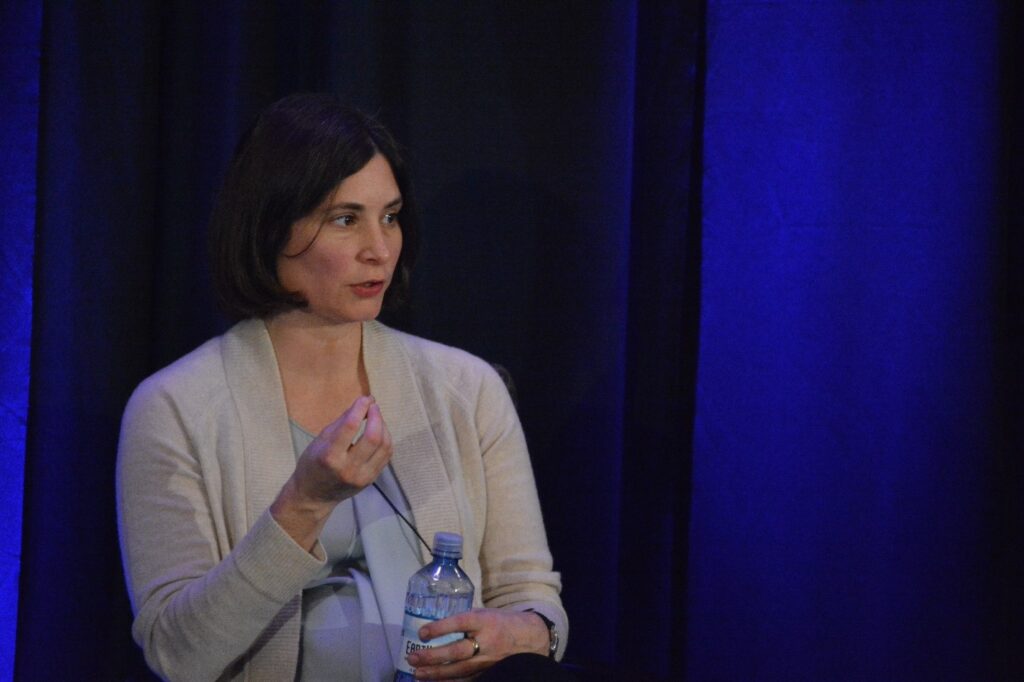
We began our afternoon discussion with Crystal giving an overview of the impacts of Climate Change in the Puget Sound region, focusing in on the economy, infrastructure, and natural systems that were built to succeed only in the climate of the past. She highlighted some of the changes that will occur in the future and make future climate conditions less certain, such as sea level rise, snowpack reduction, increased riverine flooding, more intense precipitation, and an increase in the likelihood of landslides and wildfires.
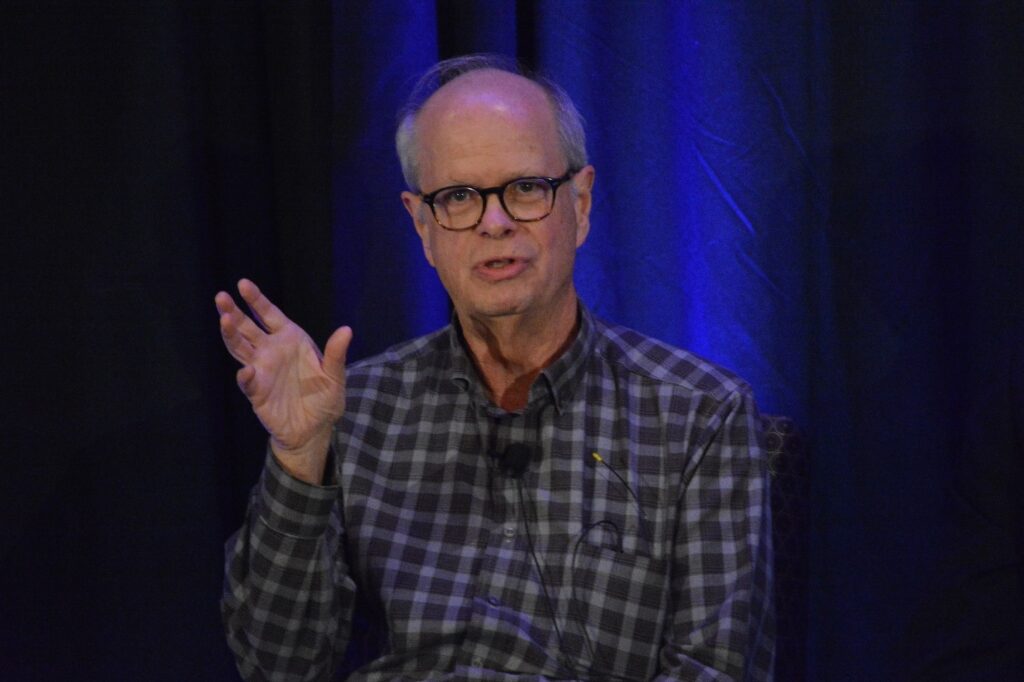
Chuck discussed resiliency from a natural disaster perspective – for example, preparing the region’s water for an earthquake. He has led the development of a resiliency plan for Cascade Water Alliance, ensuring members have resilient water infrastructure that will allow the region to recover after a major earthquake. An interesting point Chuck made was that since 1990 there has been a 35% increase in population in the region but a 30% reduction in water usage. This presents challenges to affordability and maintaining capacity, because water utilities collect less revenue as conservation increases and have to balance the capacity of future growth and maintaining existing infrastructure within reduced budgets.
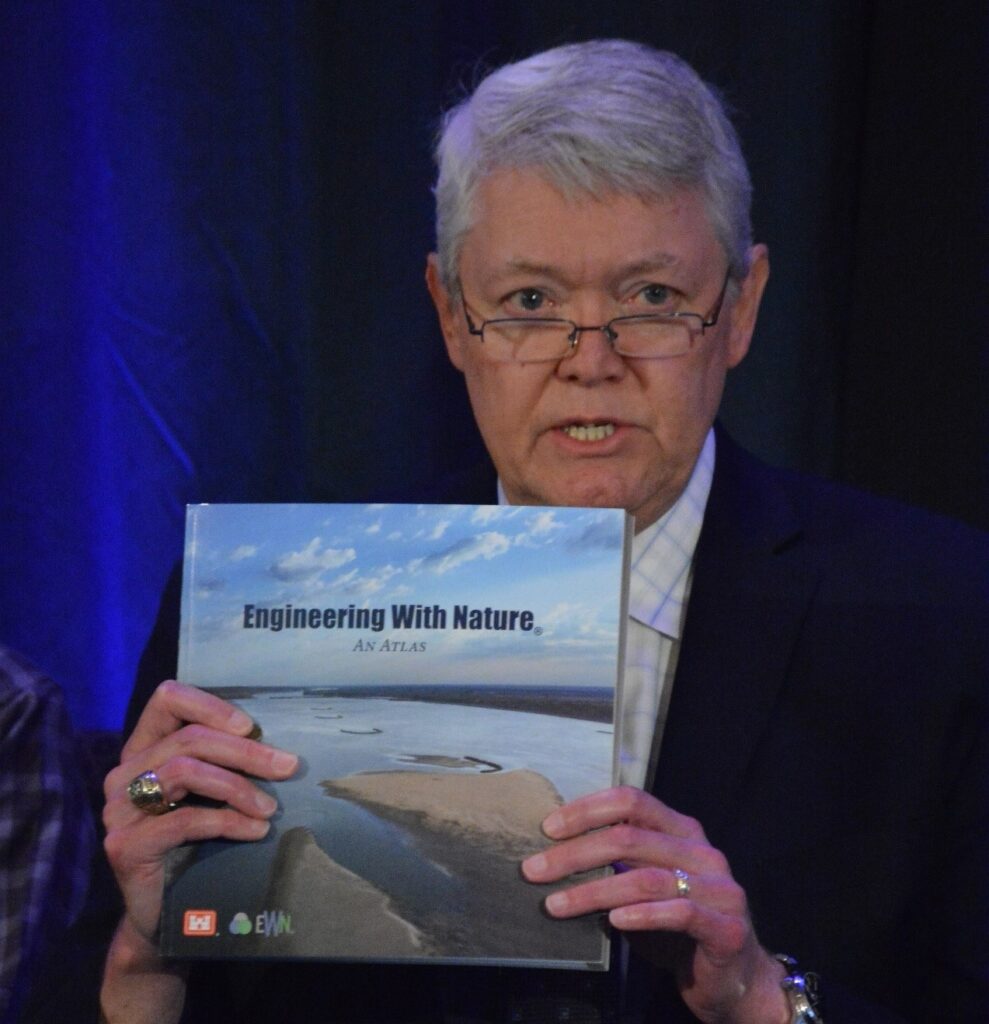
Burton followed, highlighting the Engineering with Nature program, which integrates natural and nature-based features with structural and non-structural measures to provide lines of defense against storm surge and sea-level rise. In return, an array of economic, social, and environmental ecosystems are created. From Burton’s perspective, disaster presents opportunities for resiliency and learning how to better locate infrastructure. A disaster also allows for more investment in sustainable and resilient solutions. Even though it is reactive, it presents opportunities to improve resiliency.
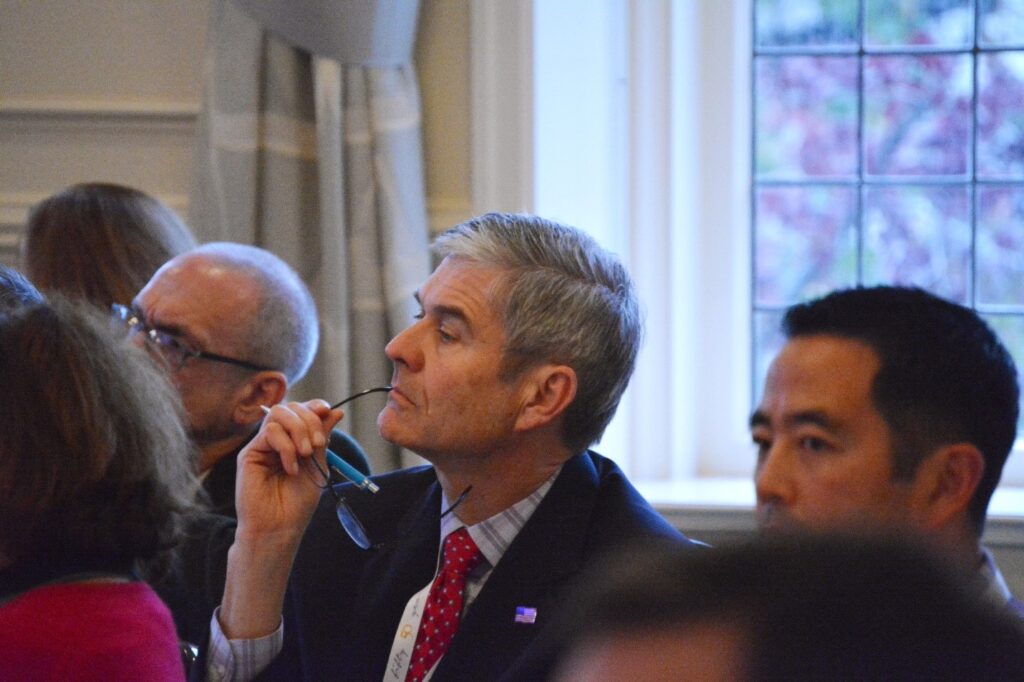
We closed the discussion with this rhetorical question posed by Chuck, “How do you make assumptions about the future when you don’t know what the future holds?” This really is the essence of resiliency planning.
The full discussion can be viewed below.
Thank you to all of our panelists for joining us for Future of the Profession 2019!
Panelists

Chuck Clark | CEO, Cascade Water Alliance
Chuck is CEO of Cascade Water Alliance, a municipal corporation of five cities and two water and sewer districts who provide water to almost 380,000 residents and more than 20,000 businesses. Under his leadership, Cascade embarked on an extensive, inclusive public process to determine how best to deliver water supply to its members over the next 50 years and beyond. Before joining Cascade, Chuck served as Director of Seattle Public Utilities; Deputy Mayor of Seattle; and Regional Administrator for the Environmental Protection Agency managing its operations in Alaska, Washington, Oregon and Idaho. Chuck has also served as Director for the Washington State Departments of Community Development and Ecology. In Vermont he served as Agency Director of the Vermont Agency of Natural Resources under Governor Howard Dean. He is a founding member of the Water Utility Climate Alliance.

Crystal Raymond, Ph.D. | Climate Adaptation Specialist, University of Washington Climate Impacts Group
Crystal is a climate adaptation specialist with the Climate Impacts Group at the University of Washington. She has worked on climate adaptation and resilience as both a researcher and practitioner in her previous roles as a climate adaptation specialist for the U.S. Forest Service and Seattle City Light. She works with organizations throughout the Pacific Northwest to plan and prepare for climate change risks in the forest, water, and energy sectors. She has a PhD in forest ecology from the University of Washington.
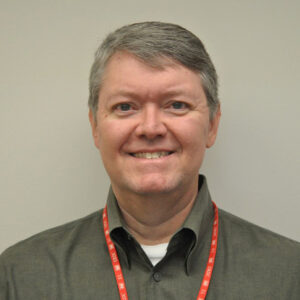
Burton C. Suedel, Ph.D. | Research Biologist, Engineering With Nature, U.S. Army Corps of Engineers
Burton leads the Risk Integration Team in the ERDC Environmental Laboratory where among other research interests he investigates ways in which environmental enhancements can be incorporated into navigation and port infrastructure planning. He also manages the Dredging Operations Technical Support (DOTS) program that facilitates transfer of existing and new navigation and dredging technology to stakeholders in the USACE’ navigation mission. He has received international recognition for applying the EWN initiative in practice at multiple USACE navigation and coastal projects nationwide.
About the Author
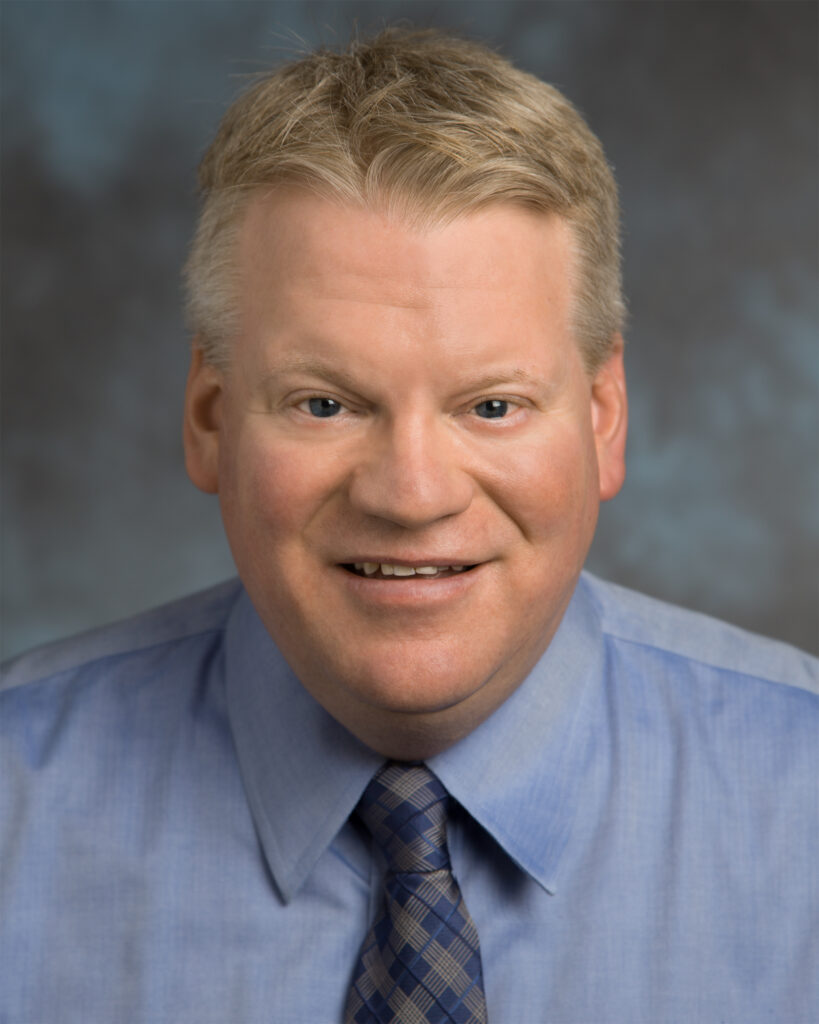
John Phillips, ENV SP
Director of Integrated Watershed Management, Parametrix
John began working for Parametrix in 2019 as the Director of Integrated Watershed Management. John guides the firm’s integrated approach to natural resources and infrastructure development in watershed planning, management, restoration, and climate change adaptation. John also assists clients in the identification and development of solutions for combined and sanitary sewer overflows to meet consent decree and discharge standards. Prior to joining Parametrix, John worked for King County managing the Combined Sewer Overflow Control Program. Over his 19-year career, he has also managed and been responsible for developing Green Stormwater Infrastructure (GSI) and Climate Change Adaptation programs. His climate work has been referenced in both the IPCC and National Climate Assessment reports. He is past President of the Pacific Northwest Clean Water Association (PNCWA). John has a Bachelor of Science Degree in Environmental Science from Oregon State University and served six years as a sonar man in the U.S. Navy on-board nuclear submarines.
